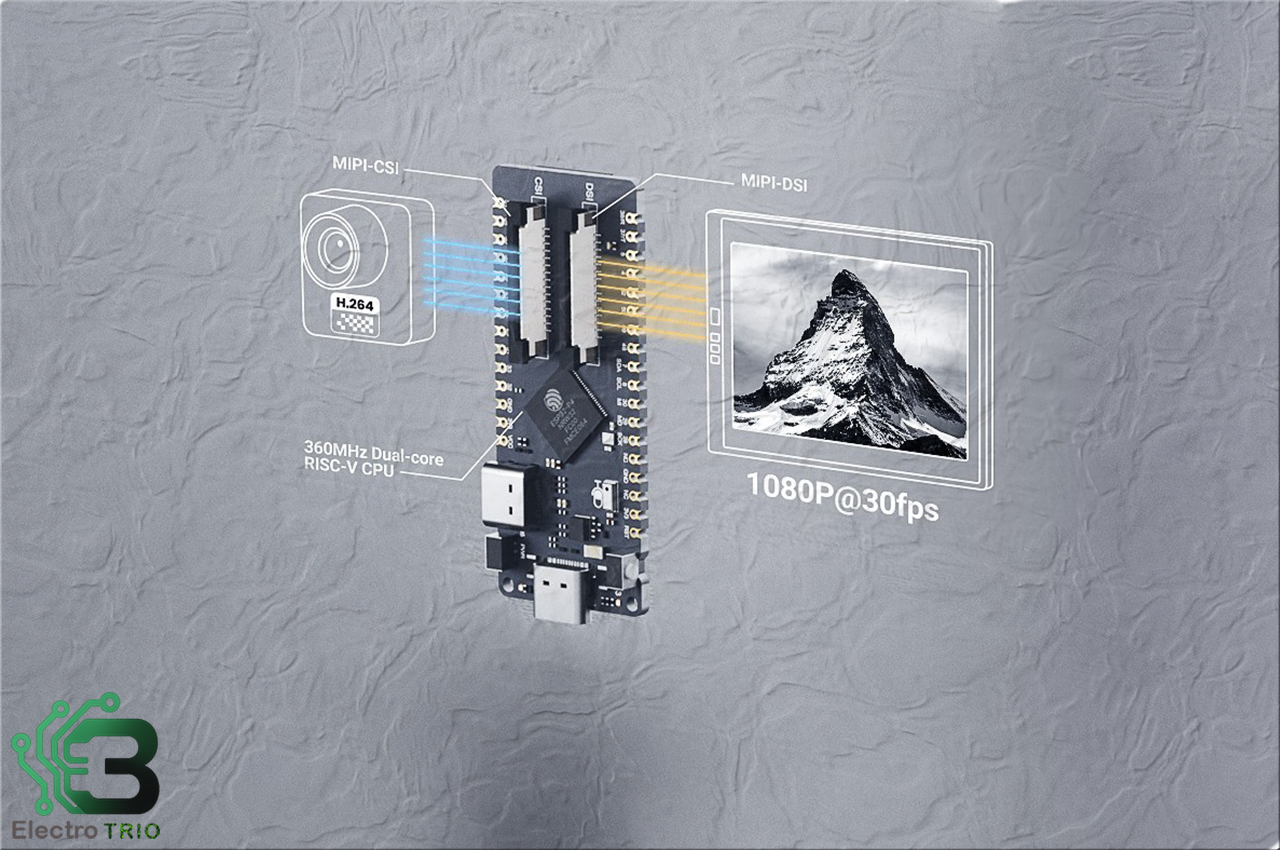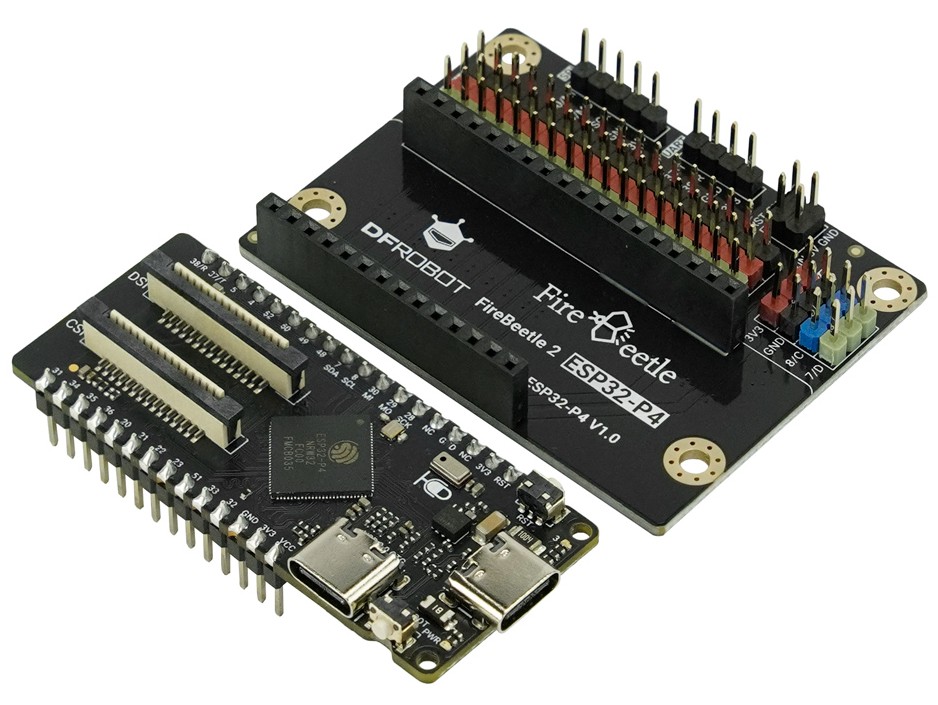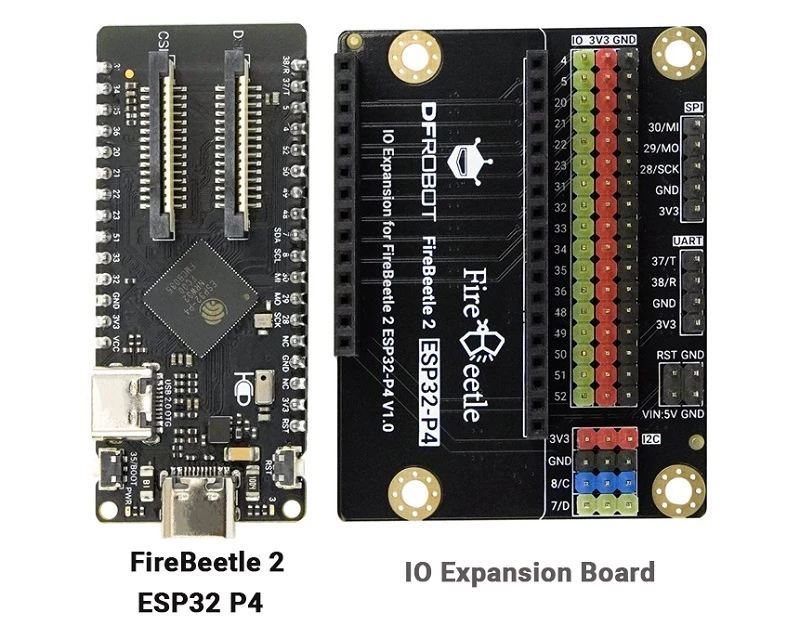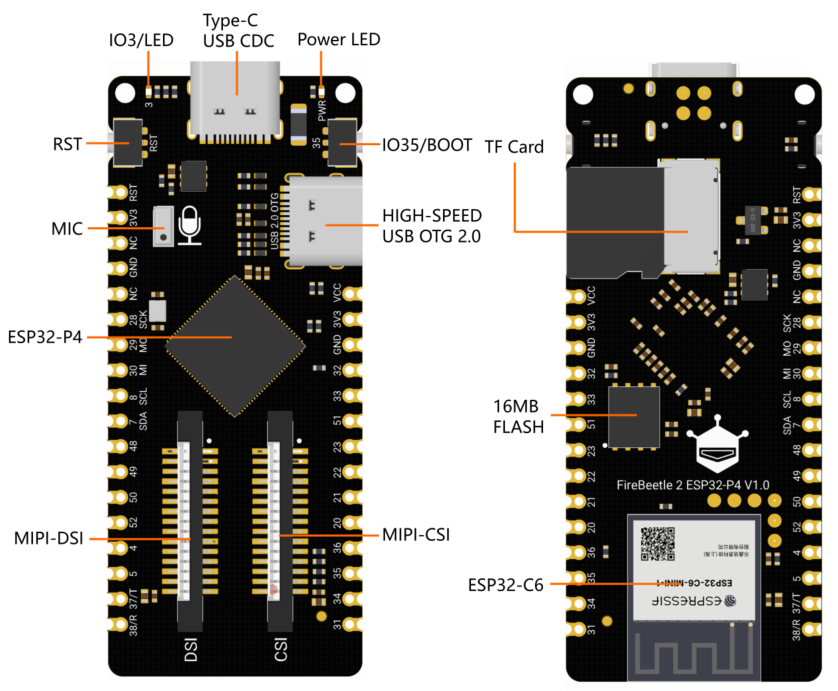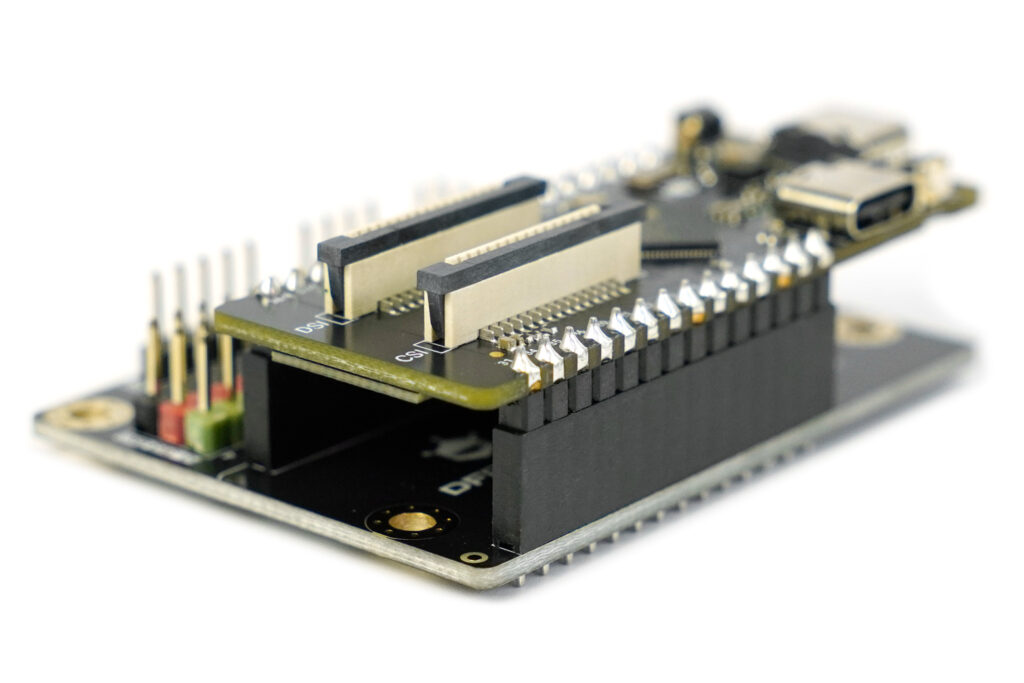FireBeetle 2 ESP32-P4 is a new step towards edge-AI vision and multimedia. Developed based on ESP32-P4, this board (and its optional development kit) is a combination of the modern connectivity with specific imaging interfaces to serve smart cameras, home automation panels, and interactive edge devices. It provides high performance with a small form factor with hardware acceleration, out-of-the-box MIPI support, and WiFi-6 and is an excellent choice because it provides developers with both speed and flexibility.
In the majority of prototype designs, size or power efficiency is frequently sacrificed in performance. FireBeetle 2 ESP32-P4 offers a trade-off between these aspects and its 360 MHz RISC-V core, small size and extensive peripheral repertoire. It is also capable of processing real-time video, streaming content, drive displays and voice input without the high dependency on external components. Other features such as Raspberry Pi-compatible MIPI interfaces, an internal microphone and micro-SD/TF card expansion also make system design and integration easy.
Previously, we covered Waveshare’s ESP32-P4 Wi-Fi 6 Development Board and the Guiton JC4880P443C, a compact 4.3-inch touch display board based on the GUITION JC-ESP32P4-M3-C6 module. You can check those out for related options.
FireBeetle 2 ESP32-P4 Development Kit
FireBeetle 2 ESP32-P4 AI Development Kit Specifications:
The FireBeetle 2 ESP32-P4 runs on a dual-core RISC-V “HP” processor clocked at 360 MHz, paired with a low-power single core at 40 MHz. It integrates a single-precision FPU and AI instruction extensions for machine learning tasks. Developers also get hardware acceleration for H.264 video, JPEG encoding/decoding, ISP, PPA, and 2D-DMA, enabling smooth image and video processing up to 1080p@30fps or 720p@88fps.
For imaging and display, the board provides a native 2-lane MIPI-CSI camera interface and a 2-lane MIPI-DSI display interface, both pin-compatible with Raspberry Pi modules. It also includes an ESP32-C6 co-processor for wireless communication, supporting WiFi-6 (2.4 GHz) and Bluetooth 5 LE. Additional hardware features include an on-board PDM microphone, TF card slot, USB Type-C OTG/CDC, and dedicated BOOT and RESET buttons.
Developers can access up to 24 digital I/O pins with multiple UART, SPI, I2C, I3C, I2S, LED PWM, touch channels, infrared transmit/receive, and SAR ADC inputs. The board operates at 3.3 V, accepts input via USB Type-C or VIN, and measures 25.4 × 60 mm with a temperature range of −10 °C to 60 °C. For easier prototyping, DFRobot also offers a development kit version that bundles the FireBeetle 2 board with an IO Expansion Board for connecting displays, sensors, and peripherals.
Board Layout and Pinout Diagram of FireBeetle 2 ESP32-P4
Software:
FireBeetle 2 ESP32-P4 supports both ESP-IDF and the Arduino IDE. Basic functions such as GPIO, I2C, SPI, UART, USB, and storage are available in Arduino IDE, making it easier for beginners to get started. However, advanced features like MIPI-CSI camera input, AI acceleration, and video output over MIPI-DSI require ESP-IDF for full functionality. The HP core’s AI instruction extensions allow lightweight ML models, including TensorFlow Lite, to run directly on the device. DFRobot provides drivers, along with detailed resources such as schematics, pinouts, memory layouts, and voltage domains in the product wiki.
The FireBeetle 2 ESP32-P4 AI Vision Board is available from DFRobot for US $11.90, which includes just the main board. For faster prototyping, DFRobot also offers the FireBeetle 2 ESP32-P4 AI Development Kit at US $13.90. This kit bundles the board with an IO Expansion Board, making it easier to connect sensors, displays, and other modules without extra wiring.
Images used courtesy of dfrobot. Thanks to embeddednewshub.
